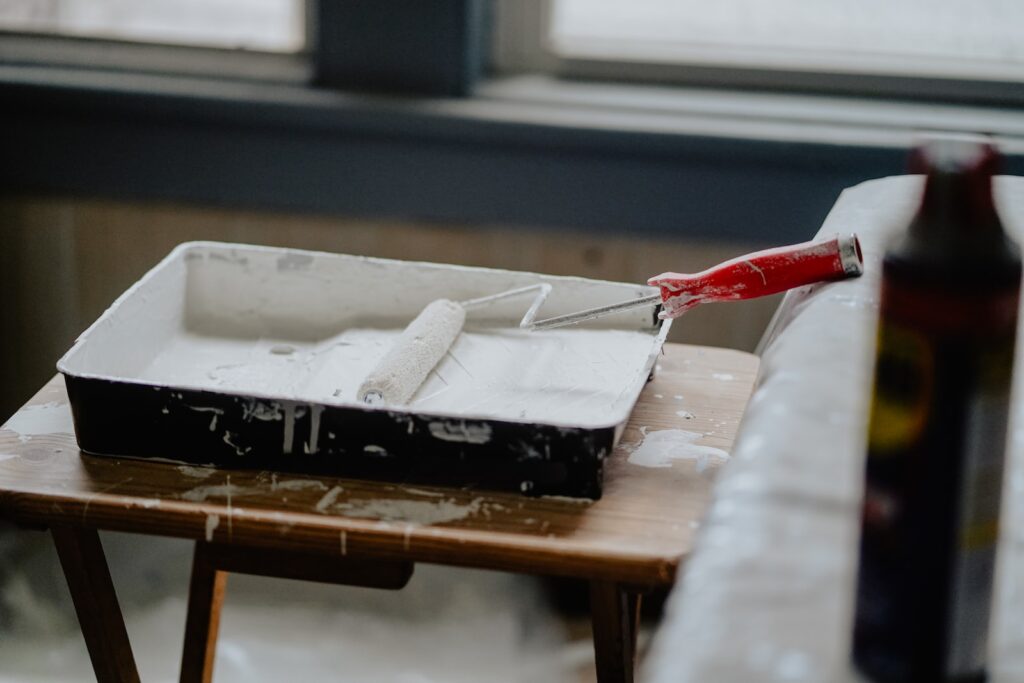A Comprehensive Beginner’s Guide to Rehab Loans: Benefits and Risks Explained
A Comprehensive Beginner’s Guide to Rehab Loans: Benefits and Risks Explained
Investing in real estate can be a lucrative venture, especially when it comes to fix and flip projects. However, the cost of repairs and renovations can often be a major hurdle for investors to overcome. This is where rehab loans come in, providing financing for the purchase and renovation of properties.
In this article, we will discuss the different types of rehab loans available, the benefits they offer for fix and flip projects, and the potential risks involved.
By the end of this article, you will have a comprehensive understanding of how rehab loans can help you achieve your real estate investment goals, while also being aware of the potential pitfalls you may encounter.
Types of rehab loans
When it comes to financing the purchase and renovation of a property, there are several types of rehab loans available. These include:
- FHA 203(k) loans – These loans are insured by the Federal Housing Administration and are available to both homebuyers and current homeowners. They can be used to purchase a property and finance the cost of renovations at the same time, making it an ideal option for fix and flip projects.
- Fannie Mae HomeStyle Renovation Mortgage – Similar to the FHA 203(k) loan, this option allows borrowers to finance the purchase of a property and the cost of renovations with one loan. This loan is backed by Fannie Mae and is available to both homebuyers and current homeowners.
- VA renovation loans – These loans are available to veterans and active-duty military personnel who want to purchase a property and finance renovations at the same time. They are guaranteed by the Department of Veterans Affairs and can be a great option for those who have served in the military.
- Private rehab loans – These loans are offered by private lenders and are not backed by the government. They can be a good option for investors who are looking to finance the purchase and renovation of a property quickly, as they typically have shorter approval times than government-backed loans. However, they often come with higher interest rates and fees.
Each type of rehab loan has its own eligibility requirements and terms, so it’s important to research each option thoroughly before deciding which one is right for you.

Benefits of rehab loans
Rehab loans offer several benefits to real estate investors and homeowners who are looking to purchase and renovate a property. Here are some of the main advantages:
- Ability to finance repairs and renovations – Rehab loans allow borrowers to finance the cost of repairs and renovations for a property, which can be expensive and difficult to pay for out of pocket. This means that investors can take on fix and flip projects that they may not have been able to afford otherwise.
- Potential for increased property value – By making improvements to a property, investors can increase its value and potential resale price. This means that investors can potentially make a profit on their investment, even after factoring in the cost of the loan and renovations.
- One loan for purchase and renovation costs – Rehab loans combine the cost of purchasing a property and the cost of renovations into one loan. This means that borrowers only have to worry about one payment and one set of loan terms, which can simplify the process and make it easier to manage.
- Lower down payment requirements – Some rehab loans offer lower down payment requirements than traditional mortgages, which can be helpful for investors who may not have a lot of cash on hand. This can also help to free up funds for renovation costs.
Risks of rehab loans
- Higher interest rates and fees: Rehab loans often come with higher interest rates and fees than traditional mortgages. This is because lenders consider them riskier investments, given the uncertainty around the renovation costs and potential delays in completing the project.
- Potential for unexpected repair costs: Renovations can be unpredictable, and unexpected repair costs can quickly add up. Rehab loans typically include a contingency fund to cover unexpected costs, but it may not be enough to cover all the expenses that arise.
- Time constraints on renovation completion: Rehab loans often come with strict timelines for completing renovations, which can put pressure on borrowers to rush through the renovation process. This can lead to shoddy workmanship or incomplete projects, which can ultimately hurt the property value.
- Difficulty in finding a qualified contractor: Finding a qualified contractor can be challenging, especially for borrowers who are not familiar with the renovation process. This can lead to delays in completing the project, cost overruns, or subpar workmanship. Borrowers should take the time to research contractors, check their references, and ensure they are properly licensed and insured.
Rehab loans a good option for fix and flipping
Rehab loans can be a good option for fix and flipping real estate as a beginner, despite the potential risks. These loans can provide the necessary funding to purchase a distressed property and renovate it for resale, which can generate a significant profit.
Additionally, rehab loans may be more accessible to borrowers who have limited cash reserves or a lower credit score. However, it’s important to weigh the potential risks against the potential rewards, and to carefully consider the costs and timeline associated with the project.
As a beginner, it’s also important to do your research, consult with experts, and have a solid plan in place before diving into a fix and flip project.

